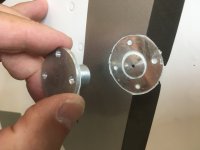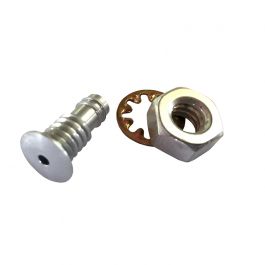FlyDave
Member
Hi all,
I got my plane in December of last year and have had issues with winds aloft and, I believe, airspeed (TAS and IAS) and altitude.
Attached are pics of the static port installation on the left side (darn sloppy work if you ask me!). Right side is the same.
After some internet research including the video below and reading the installation manual, I believe my static ports should be installed as the Cleveland video shows. Is that correct?
Dave
(
)


I got my plane in December of last year and have had issues with winds aloft and, I believe, airspeed (TAS and IAS) and altitude.
Attached are pics of the static port installation on the left side (darn sloppy work if you ask me!). Right side is the same.
After some internet research including the video below and reading the installation manual, I believe my static ports should be installed as the Cleveland video shows. Is that correct?
Dave
(






